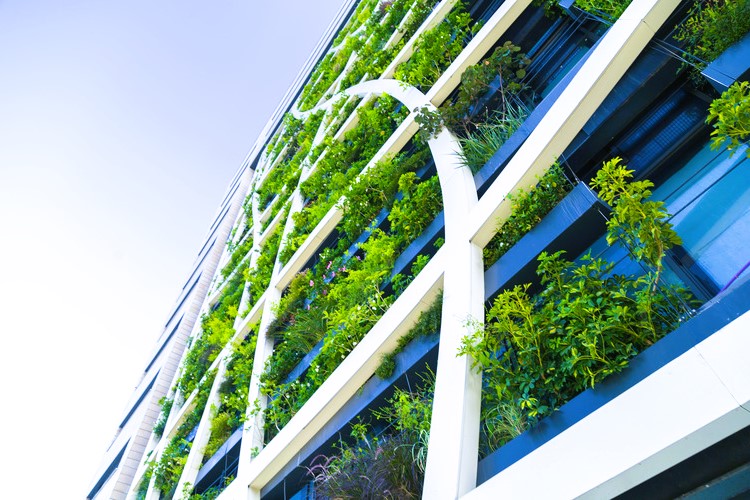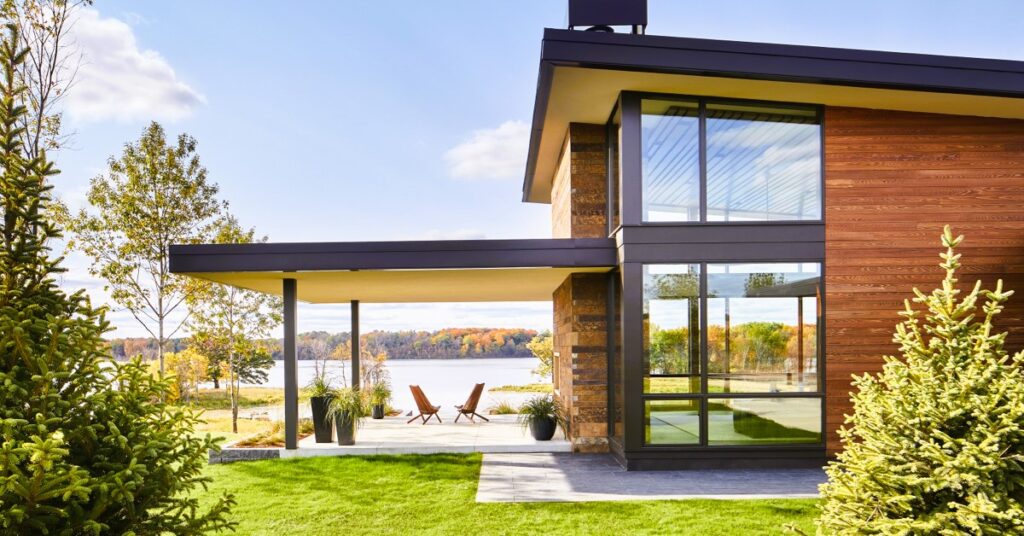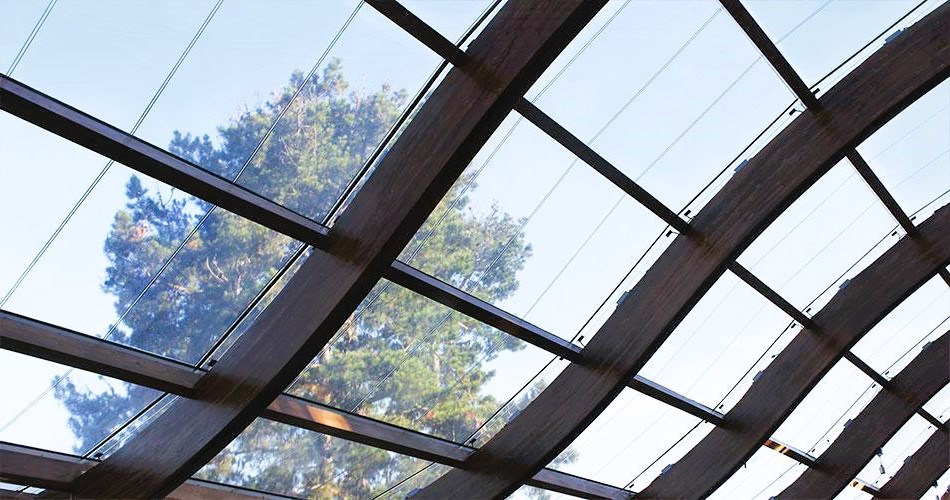As the world continues to address the challenges of climate change and environmental degradation, the building and construction industry plays a critical role in adopting sustainable practices. Eco-friendly window glazing technologies have emerged as a key solution for enhancing energy efficiency, reducing carbon emissions, and improving indoor comfort in residential and commercial buildings. In this article, we will explore some of the most innovative technologies used in eco-friendly window glazing, their benefits, and how they contribute to a greener and more sustainable future.
1. Low-E (Low-Emissivity) Coatings:
Low-E coatings are microscopically thin layers of metallic oxides applied to window glass to reduce heat transfer while allowing visible light to pass through. These coatings effectively reflect infrared radiation, preventing heat from escaping during cold weather and keeping it out during hot weather. By reducing the need for excessive heating and cooling, Low-E coatings significantly contribute to energy savings and improved thermal comfort.
2. Vacuum Insulated Glazing (VIG):
Vacuum Insulated Glazing (VIG) is an advanced glazing technology that provides excellent thermal insulation. VIG units consist of two glass panes separated by a thin, evacuated space to minimize heat transfer through conduction and convection. The absence of air or gas in the gap reduces thermal conductivity, resulting in enhanced energy efficiency and reduced heating and cooling costs.

3. Aerogel Insulation:
Aerogels are lightweight and highly porous materials with exceptional insulating properties. In recent years, aerogels have been integrated into eco-friendly window glazing to improve thermal performance. These translucent materials are inserted between glass panes, effectively reducing thermal bridging and enhancing insulation capabilities. Aerogel-enhanced glazing helps maintain a stable indoor temperature and decreases energy demand.
4. Smart Glass Technology:
Smart glass, also known as switchable or dynamic glass, is a cutting-edge technology that allows the glass to alter its properties in response to external conditions. It can switch between transparent, translucent, and opaque states, controlling the amount of light and heat entering the building. Smart glass can be electronically controlled or react to changes in temperature or light intensity automatically. This technology maximizes natural light utilization and minimizes the need for artificial lighting and air conditioning, leading to energy efficiency gains. How To Measure a Window? A Comprehensive Guide for Homeowners.
5. Thermochromic Coatings:
Thermochromic coatings are heat-sensitive materials that change their color or opacity with variations in temperature. These coatings can be applied to window glass to regulate solar heat gain and glare. When exposed to sunlight, the coatings darken, absorbing and reducing solar radiation. In colder conditions, the coatings become more transparent, allowing greater solar heat gain. Thermochromic glazing optimizes energy efficiency by automatically adapting to external weather conditions.
6. Electrochromic Glazing:
Electrochromic glazing is another dynamic glazing technology that uses an electrical charge to control the tint or opacity of the glass. When an electric current is applied, the glass transitions between clear and tinted states. This technology allows occupants to adjust the level of light and heat entering the building, reducing the reliance on artificial lighting and HVAC systems.
The Role of Standardization:

The development and implementation of eco-friendly window glazing technologies are supported by standardization organizations such as Canada.ca and international bodies. These organizations establish standards for the performance, durability, and environmental impact of glazing materials and technologies. Adherence to these standards ensures that eco-friendly window glazing products are of high quality and contribute to the sustainability goals of the building industry.
Conclusion:
Innovative technologies for eco-friendly window glazing have revolutionized the building and construction industry, offering sustainable solutions to enhance energy efficiency and reduce environmental impact. Low-E coatings, Vacuum Insulated Glazing (VIG), aerogel insulation, smart glass, thermochromic coatings, and electrochromic glazing are among the cutting-edge technologies driving the adoption of eco-friendly glazing. As standardization organizations, represented by Canada.ca, continue to support research and development in this field, these technologies will play an increasingly significant role in creating greener and more sustainable buildings for a better future.

